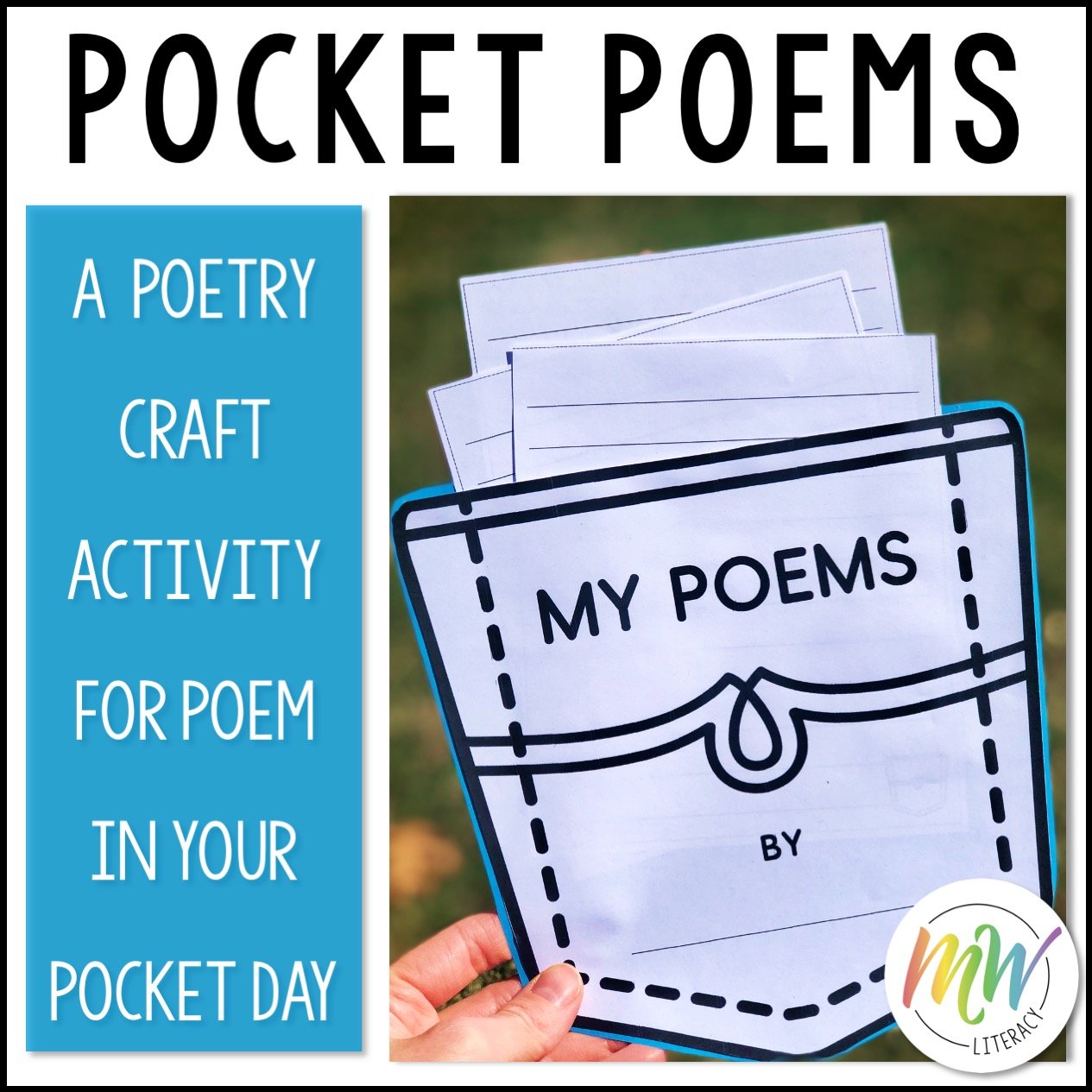We know that the long i sound says its name. But how many ways are there to spell this long vowel sound? There are FIVE different ways to spell the long i sound. (I include 6 examples in the chart below because of the two different spelling rules — or generalizations — about the i spelling pattern.) Knowing these different spelling patterns for this one sound is vital in developing phonemic awareness that will support students on their journey of becoming strong, confident, and fluent independent readers. As students move from picture-heavy readers to more text-heavy books, they need to be equipped to confidently tackle words without guessing or using pictures. Targeted phonics instruction will not only help students decode more fluently, but students who have strong decoding and fluency skills also comprehend what they read more efficiently. In this post, I list each of the five spelling patterns as well as when each spelling pattern is most likely to be used.
I
Can spell the long i sound at the end of a syllable or when followed by two consonants. Ex: lion; child
I_E
Can spell the long i sound when the silent final e makes the i say its name. Ex: lime
IE
Native English words cannot end in i, and so requires a silent final e to be added. The word pie ends in an ie and makes the long i sound because a silent final e must be added after the i. ie also spells the long i sound when the tense or form of the word is changed. Ex: fry to fries; cry to cried
IGH
Can spell the long i sound in the middle or at the end of a base word. Ex: light; sigh
Y
Can spell the long i sound at the end of mostly single syllable words. Ex: cry.
* y can also spell the long i sound in the middle or at the end of a few multisyllabic words (ex: cycle; supply; apply), or when the verb suffix fy is added to a word (ex: solidify). This is not to be confused with the adjective suffix fy (ex: goofy; stuffy), which then makes a long e sound.
For targeted practice with the different spelling patterns of the long i sound, check out this decodable reading resource in my shop.
STAY CONNECTED



